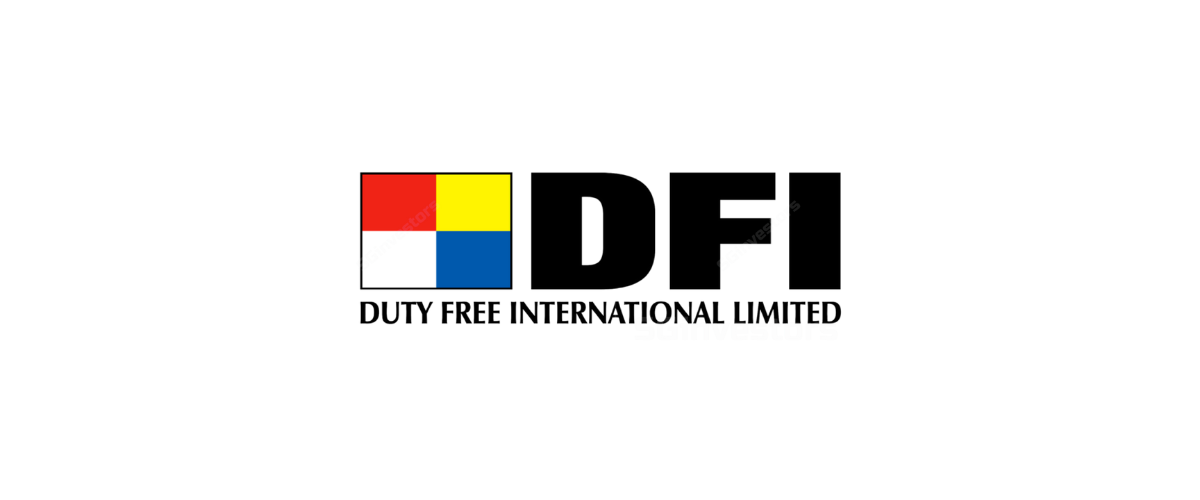Beyond the Balance Sheet: 4 Surprising Truths We Found Inside a 36-Page Financial Report
Introduction: The Hidden Dramas in Financial Filings
Corporate financial reports have a reputation for being dense, dry, and impenetrable. At first glance, they are a sea of numbers and legalese. But if you know where to look, these documents can tell compelling stories of strategic pivots, major conflicts, and surprising resilience. They are not just records of the past; they are blueprints for the future.
We’ve delved into the latest 36-page interim report from Duty Free International Limited, a company navigating significant challenges and opportunities. Hidden within its tables and notes are four impactful and counter-intuitive takeaways that reveal a business in the midst of a profound transformation.
——————————————————————————–
1. The Profit Comeback Was Not What It Seemed
On the surface, the company’s profitability staged a dramatic turnaround. According to the “Condensed Interim Consolidated Statement of Profit or Loss,” the second quarter saw the company swing from a loss of RM2.40 million in the prior year to a profit before tax of RM4.17 million in the current year. Such a reversal often suggests a massive surge in sales.
But the reality is more nuanced. While revenue growth certainly helped, the single biggest factor was a massive reduction in “Unrealised foreign exchange loss.” This line item shrank from a staggering RM5.1 million loss in 2024 to just RM189,000 in 2025.
The “Review of performance” section (Note 18) reveals how they achieved this. Management proactively reduced the Group’s exposure to currency fluctuations by converting the majority of its foreign currency holdings into Malaysian Ringgit. Specifically, their holdings of foreign currencies dropped from RM93.5 million down to just RM14.3 million over the year. The key analytical insight here is just how impactful this one move was: the total bottom-line swing was approximately RM6.6 million, and the reduction in forex losses accounted for nearly 75% of that entire turnaround. It’s a powerful lesson in how shrewd financial management, not just sales, can be a primary driver of a company’s health.
——————————————————————————–
2. When the Government Becomes Your Biggest Obstacle
Buried in Note 16 (“Material litigation”) is the story of a sudden and disruptive external shock. The government expropriated the land of the company’s Bukit Kayu Hitam outlet as part of a road construction project “to connect the Bukit Kayu Hitam ICQS Complex in Kedah to the CIQ Sadao facility in Thailand.”
The consequences were immediate and severe. The “Compulsory Land Acquisition” forced the company to cease its duty-free and car park operations at that location on November 25, 2024, and vacate the premises. The report is clear that this closure had an “adverse impact on the Group’s revenue and profitability” (Note 20).
The company is not taking this lying down. The report states that the Group was “dissatisfied with the compensation awarded” by the government—a sum of RM69.6 million. In response, it has filed a formal legal objection in the High Court to seek a higher valuation. What this demonstrates is how a dramatic external shock can fundamentally disrupt an established business, forcing it into a high-stakes legal battle to defend its value against the state itself.
——————————————————————————–
3. A Major Pivot from Duty-Free to Car Parts
While fighting battles on one front, the company is making bold moves to redefine its future. The report details a significant strategic diversification away from its traditional retail focus, structured as a deliberate two-pronged pivot into industrial manufacturing and property development.
First, according to Note 14(ii), the company has entered into an agreement for the “Proposed Acquisition” of United Industries Holdings Sdn. Bhd. for RM175 million. This isn’t a small side venture; it’s a transformative move that will “diversify the Company’s core business into the manufacturing and supply of automotive components.” The commentary in Note 20 explicitly states that this new business is expected to “generate a stable new revenue stream” and reinforce the company’s “long-term resilience.”
Second, as further evidence of this strategic shift, Note 14(i) details another major project: a joint development to build two blocks of 1,260 serviced apartment units. From a strategic perspective, these moves signify that the company is not just managing its legacy business but is actively building a completely new and diversified future in response to a challenging retail environment.
——————————————————————————–
4. Unexpected Growth in the Face of Disruption
Despite the government’s expropriation of the Bukit Kayu Hitam outlet—a shock detailed earlier—the Group’s remaining operations didn’t just survive; they thrived. In perhaps the most counter-intuitive finding in the report, the “Review of performance” section (Note 18) shows that for the second quarter, the Group’s revenue increased by 14.5%, or RM5.4 million, compared to the previous year.
The report attributes this surprising growth simply to “increased customer demand.”
This small but powerful data point is crucial. It demonstrates the underlying strength and resilience of the company’s core business, suggesting its remaining operations were robust enough to not only absorb the shock of losing a key location but to more than compensate for the lost revenue and deliver overall growth.
——————————————————————————–
Conclusion: A Company in Transformation
The story inside this 36-page report is not one of simple accounting, but of a company in the throes of a major transformation. It is stabilizing its finances through shrewd currency management, fighting a legal battle over seized assets, and making bold, transformative acquisitions to redefine its future. This is a narrative of a business simultaneously defending its present and radically rebuilding for a different tomorrow.
It leaves us with a critical question to ponder: When a company’s traditional business model faces long-term challenges, is a radical pivot into new industries the riskiest move, or the only one that makes sense?
WATCH THE EXPLAINER VIDEO BELOW:
LISTEN TO THE PODCAST BELOW:

